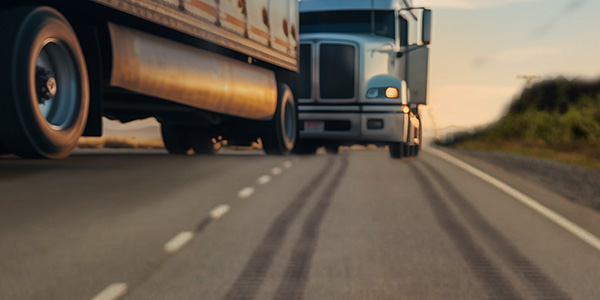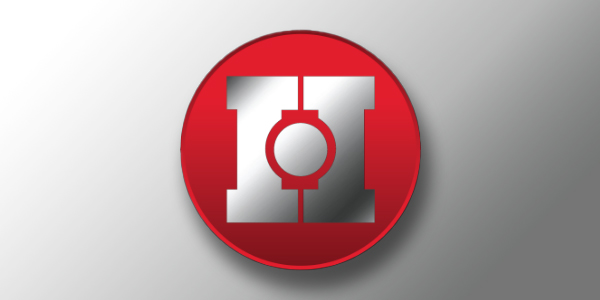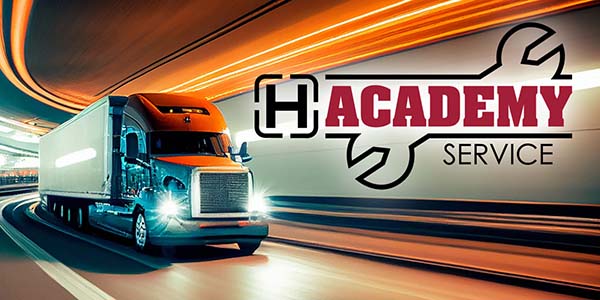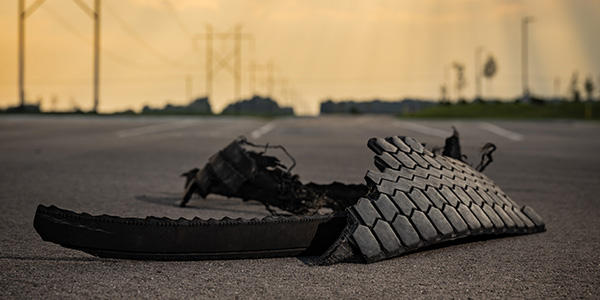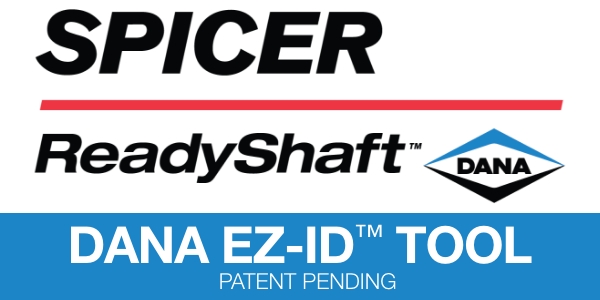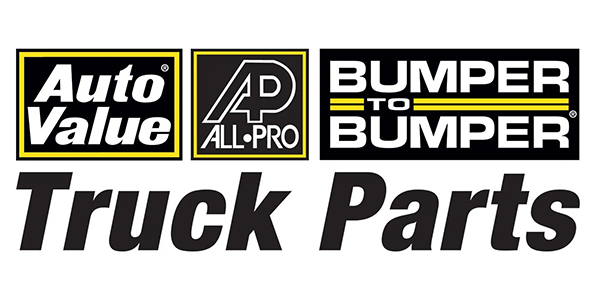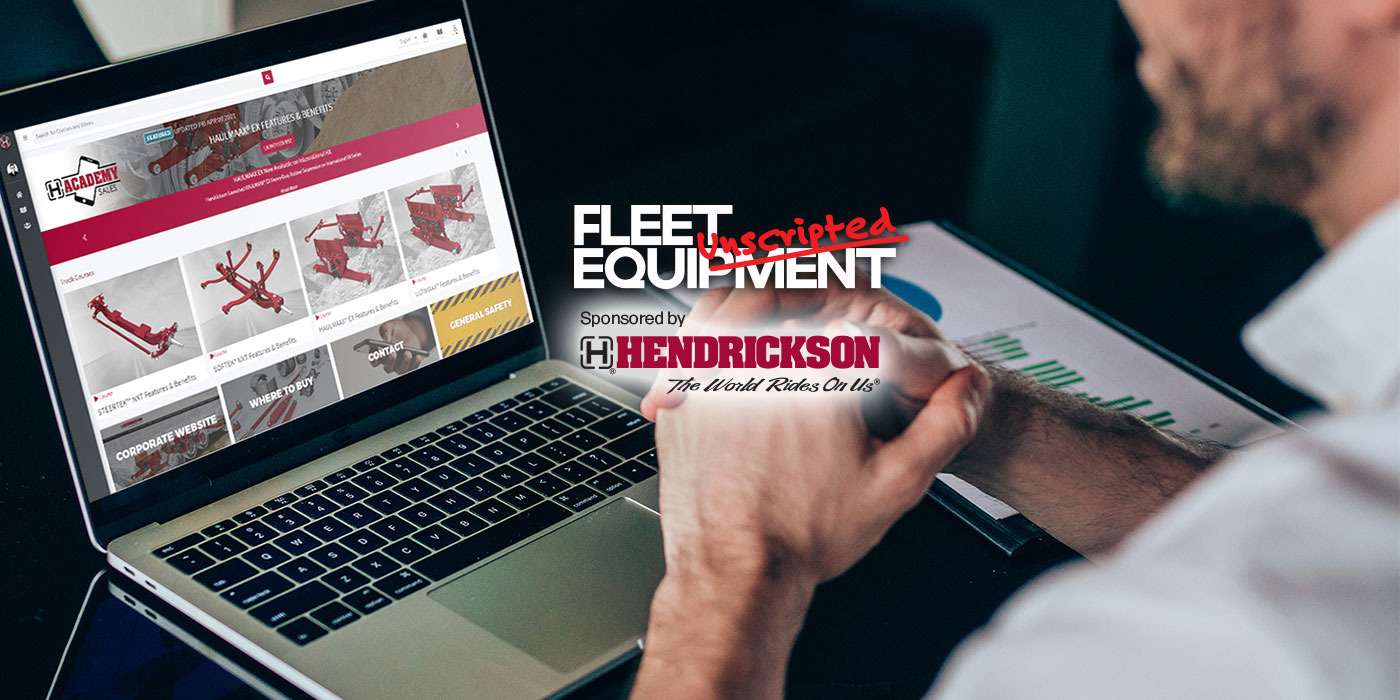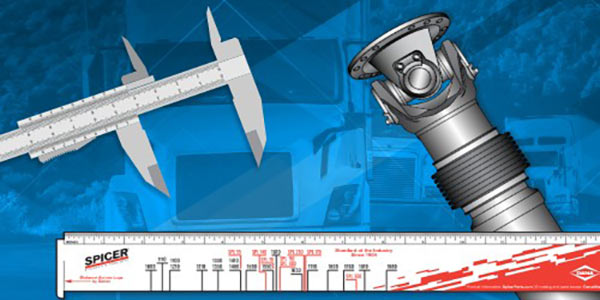Bearings play a crucial role on all wheel ends to keep your loads rolling, and they need maintenance TLC just like any other truck component. Bower has been producing bearings since 1907, so they’ve seen it all in the field. Today, Bower Heavy Duty Bearings by NTN conducts in-field bearing maintenance training for fleets to stay on top of best practices. Here’s a collection of frequently asked questions that the team fields when on the road.
Question 1: Some shops that are not required to perform the procedures “by the book” usually ask: We are not required and usually don’t measure the end play at the end of every install. Is checking the end play by “feel” acceptable?
Bower recommends checking the bearing end play after every wheel end install. However, sometimes they have come across shops who do not typically measure end play using the proper tools. In many cases, the shops do not have the proper tools to measure end play, such as a dial indicator, or need to brush up on how to use the indicator.
Bower’s hand-on training covers the entire install and also shows the techs how to properly measure the end play. If a shop does not want to invest in a dial indicator or has a shortage of time, then doing an end play check by feel would be the next best thing. The important thing is to still check for end play at the end of every install to ensure accuracy and safety.
For shops that don’t do this, the question they should be asking is: “Do I want to get this done correctly the first time or risk getting a comeback?”
Question 2: Old Races can be a pain to remove. What is an easy way to remove an old race from a hub assembly?
That depends on the hub material. For steel hubs, the old race can be pounded out easily.
However, you have to be more careful with aluminum as it is a softer metal. Bower recommends welding a large bead around the raceway of the steel race and letting the assembly cool down for easier removal. If a welder is not available, heat the hub to 300°F and pound out the race carefully with a hammer and drift. Do not exceed 300°F!
Question 3: The old race still appears to be in a good condition. Do we still need to replace it when replacing the wheel bearing?
We recommend replacing the bearings and races as a set. While you may encounter difficulty removing the old race during replacement, you should never match the old race with a new bearing. Doing so creates mismatched raceway wear patterns and can lead to early failure. Typically, most shops have policies of replacing the whole SET.
Question 4: What tools are recommended for pressing in the new race? What if we don’t have the recommended tool?
We recommend using a race driver tool for the best results. Never pound on the new race directly as it may damage the raceway surface. If a tool is not available, you could also use the old race as an alternate pressing tool. Remember to cut a slit in the old race prior to pressing. However, old races are considered “home-made” tools by many shops so also check with your management regarding tool policy. For aluminum hubs, the hubs can be heated in an oven (up to 200°F) or in boiling water to ease the installation. Freezing the races overnight will also ease with installation.
Question 5: What is your preferred method of securing the wheel end, what type of hardware is recommended, single nut, double nut etc.?
All nut systems work correctly if they are installed properly. We do not recommend a specific type of nut or brand. Typically, most shops have a policy of using a particular type of nut system so check with your shop manager. If we were doing it ourselves, we’d generally prefer the single nut systems as they are quicker to install. On the flipside, the double nut systems are usually easier to fine tune the end play settings if desired.
The product is only as good as the installation so taking the extra time and effort to ensure the proper operations and maintenance will ensure your applications can go the distance, literally.
Visit the Bower Bearings website for more heavy-duty bearing tips and product best practices.

